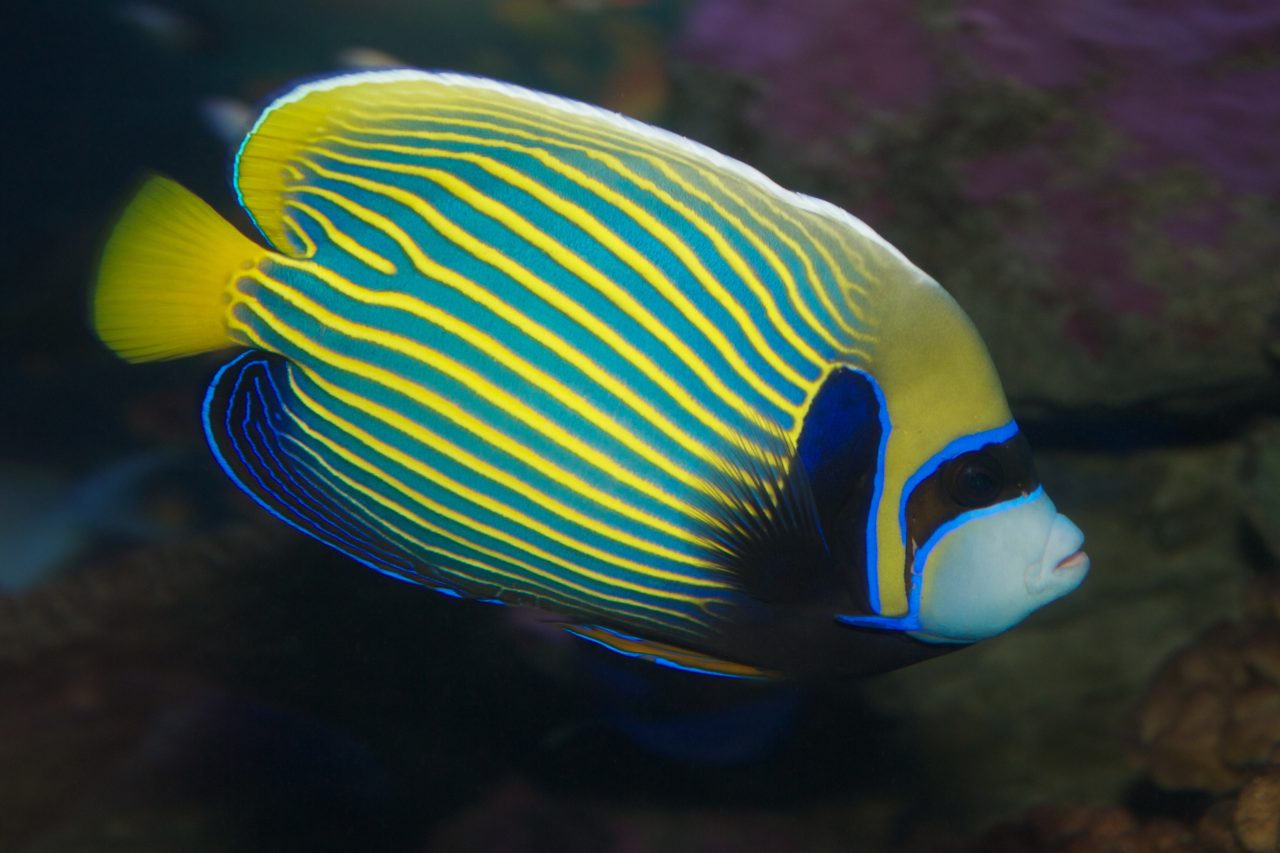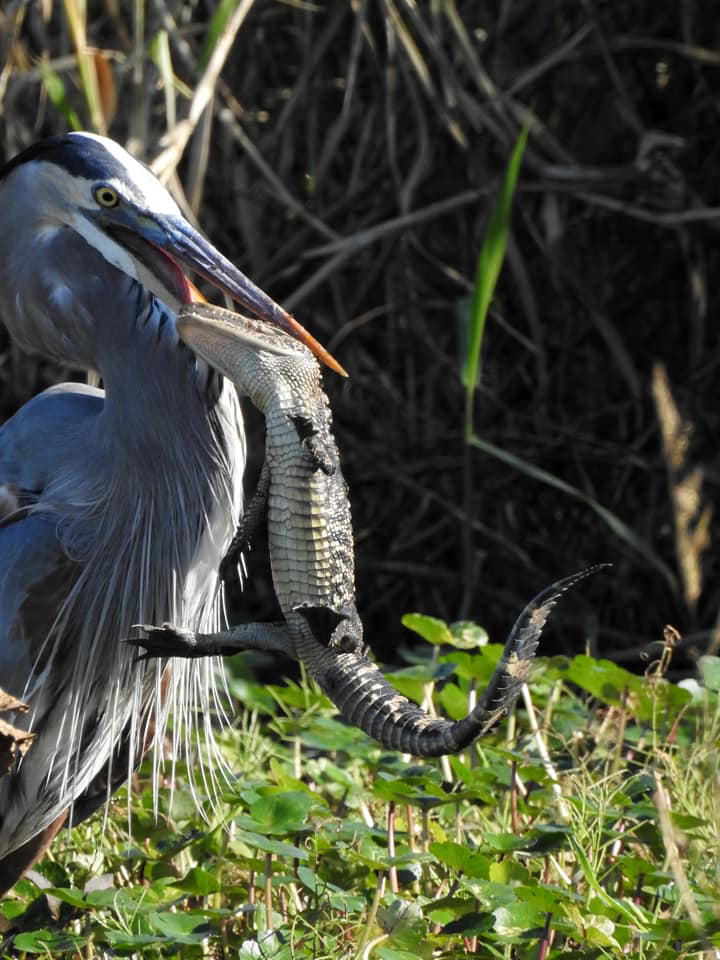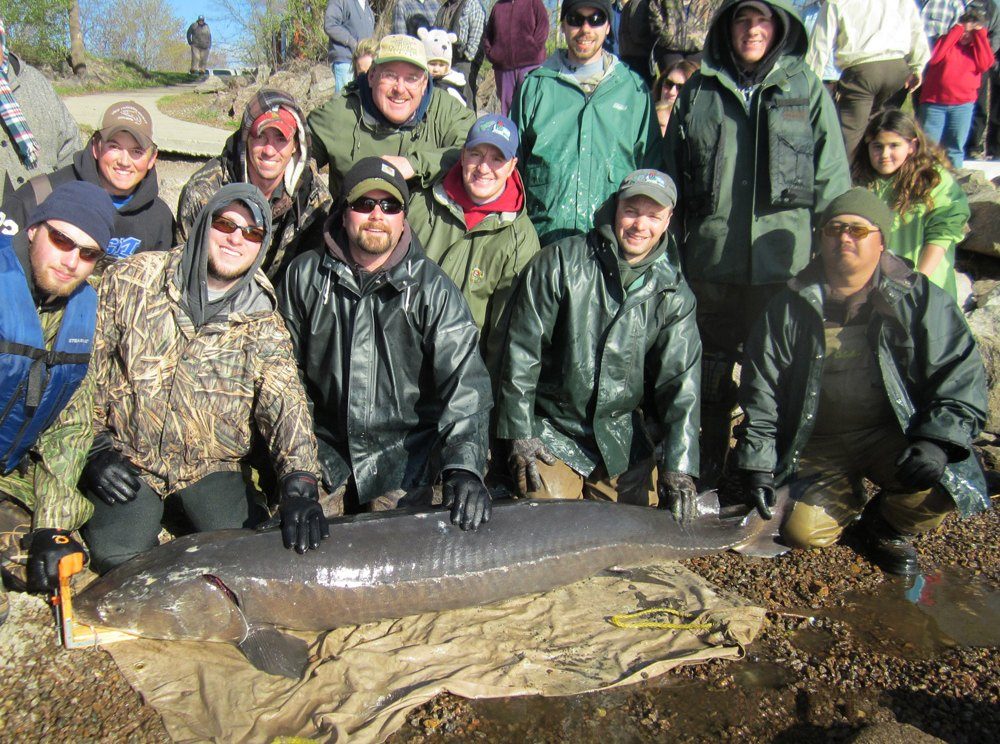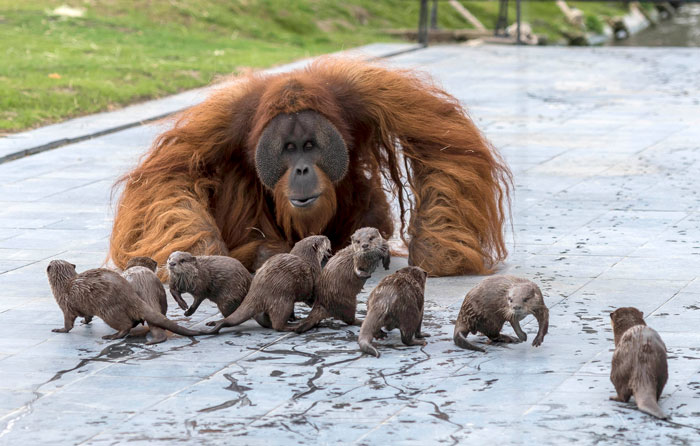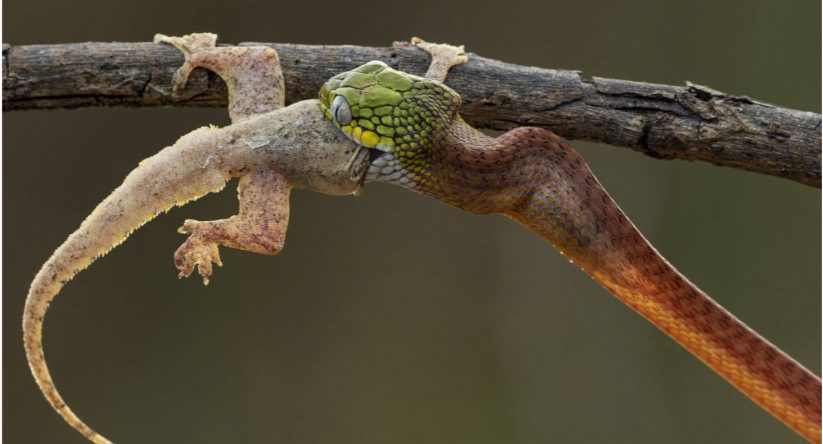These African wild animals look like close family members to the domesticated horses we all know. So that means we can ride them, right? Well, not exactly.

Zebras are herbivores that are native to Central and South Africa. They belong to the genus equine, which includes species such as horses and donkeys. Probably the most special feature of zebras that distuingusihes them from the latter two species is the stripes that cover most of their bodies. Interestingly, each set of stripes come in a different pattern and every stripe sequence is unique to a specific individual.
Scientists have found that the function of these stripes is a form of protection against tsetse flies and horseflies, which can cause several problems for the members of the Equidae (the horse family). Also, zebras are generally thought to be white with black stripes, but cutting-edge genetic research has found that zebras are in fact black with white stripes.
When European colonizers came to Africa at the end of the 19th century, tsetse flies posed a huge problem for their horses. Therefore, local zebras, who developed a way of avoiding the diseases carried by the flies, seemed like an attractive alternative. But as it turned out, there is a reason why Africans never domesticated these animals.

A colonial officer takes a leap on the back of a tame zebra in East Africa. Image credits: Library of Congress Online Catalog
Using zebras to do the work of horses, mules, and donkeys was a very popular idea. And well, it’s not for the lack of trying why you don’t see people riding zebras today. Many people tried to train zebras for riding, drawing and carrying, but unlike horses, which naturally roam around munching on grass, zebras spend their lives cagily watching, evading and fighting savannah predators such as lions or cheetahs.
So, evolution has bred zebras to be impossible to domesticate; nervous in nature, and brutally aggressive if cornered. There are even several recorded cases of zebras killing lions. This is usually caused by a kick to the head, causing death, or a broken jaw, which leads to the lion dying by starvation. They also inflict nasty bite wounds on each other and on people who try to get too close.
Furthermore, the back of zebras did not evolve in a way to carry humans or heavy cargo and you can’t properly saddle them. That means, if zebras were even kind enough for us to ride them, we would likely break their backs in the process. Although, as you can see, this did not stop people from trying to ride zebras, at the animals’ expense.

Lionel Walter Rothschild with his famed zebra carriage. Image credits: The Picture Magazine/Public Common
Though impossible to domesticate on a larger scale, the taming of individual zebras has occasionally been successful. One of the most well-known of these attempts was that of the 2nd Baron, Walter Rothschild. He too realized that zebras weren’t meant to be ridden because of their weaker backs. However, he trained a team of zebras to pull a carriage, which he drove past Buckingham Palace to demonstrate their supposed pliable nature.
Another well-known example is that of legendary horse trainer Gary Witheford, who has broken race horses for Britain’s Queen Elizabeth II, Dubai ruler Sheik Mohammed, and England’s national football team captain Wayne Rooney. According to CNN, back in 1996 Witheford made a boozy boast, while drinking with friends at a local bar one night. What he said was something to the effect that all animals, including zebras, are tamable. The conversation was overheard by a woman who worked at nearby Longleat Safari Park in the south of England.
“I can get you a zebra,” she said.
True to her word, the following morning Witheford was confronted with two zebras. Now, these creatures were wild, even by the “horseman’s” standards (he prefers to be called by that name). One of them kicked him so hard with its hind legs that it split his hand open. Nevertheless, Witheford claims to have broken the first one in 40 minutes, while the next one, which was completely wild, was broken and ridden away in 20 minutes.
Once Mombasa, the first zebra, was settled, a small jockey was needed as she stood just 12 hands high. Schoolgirl and keen rider Nicky Davies was chosen for the task, and within 30 minutes she was happily trotting the animal around the pen, much to everyone’s amazement.

Nicky Davies on Mombassa the zebra. Photo: Gary Witheford
Despite the success of Walter Rothschild, or even Witheford, taming zebras did not fulfill the anticipations of European colonists with a reason. It became obvious that humans should let these animals live in peace, as nature intended.
Indeed, let it stay that way.
Sources: 1, 2, 3, 4




